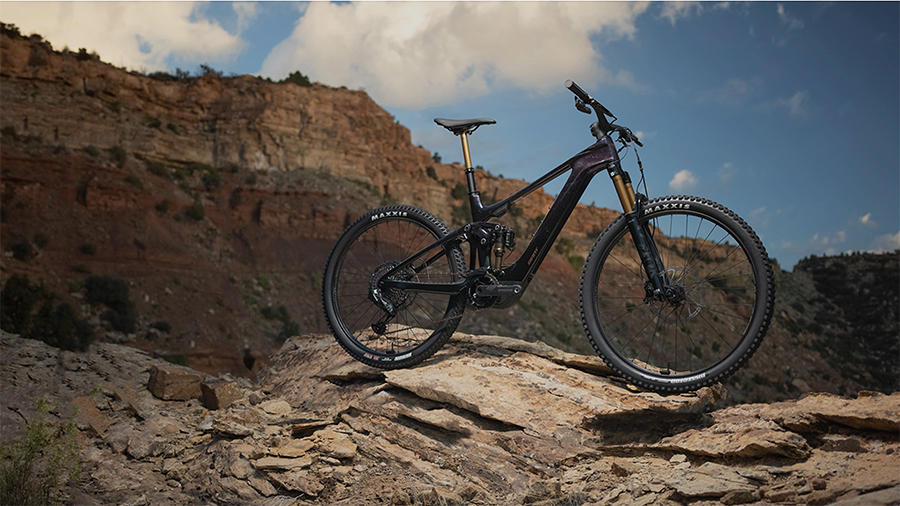Giant Group reported that consolidated revenue for the first quarter was NT$20.12 billion, a decline of 9.6 percent year-over-year. The decline was attributed to the impact from European and North American markets reducing inventories plus higher comps with last year.
Gross margin reportedly decreased to 21.9 percent of sales due to “discounts and lower production utilization rate.” Operating profit came in at NT$1.69 billion for the three-month period ended March 31, a decline of 27.3 percent from the year-ago quarter, due to the impact of gross margin performance.
Net profit before tax totaled NT$1.52 billion, a decline of 41.3 percent year-over-year, which was affected by non-operating expenses such as a NT$82 million reduction in revenues reflecting the impact of FX Rate fluctuations, compared to an FX gain of NT$230 million in the comparable period last year, and an increase in interest expenses.
Net profit after tax was NT$836 million for the quarter, a decline of 54.1 percent from the prior-year period. In addition, first-quarter tax expenses increased due to the increase in undistributed surplus earnings and reduction in applicable tax benefits. First quarter EPS was NT$2.13 a share.
Looking at Giant brand performance in first quarter based on local currency, China’s domestic sales had the best performance. Due to the recovery from consumer spending post-pandemic and increase health awareness among Chinese consumers, and an increase in the cycling population which drove demand for mid- to performance-level cycling products, first-quarter sales increased by over 50 percent. Giant Europe and U.S. sales were negatively impacted by higher inventories in the entry- to mid-level products, hence sales declined high-single-digits and double-digits, respectively. First quarter e-bike sales contributed 32 percent of Group sales and Europe remains a key market for that product.
Giant said in a statement that considering the overall global economic situation, as well as the current market with retailers and manufacturers undergoing inventory adjustments, 2023 will be a challenging year for the bicycle industry. In Europe, the colder spring is delaying the reduction of inventories. Although there are many challenges in the short term, Giant said the three main trends: e-mobility, eco-friendly and fitness would continue to drive sales for the mid- to performance-level products and Giant remains optimistic in mid- to long-term growth for the cycling industry.
Photo courtesy Giant
















